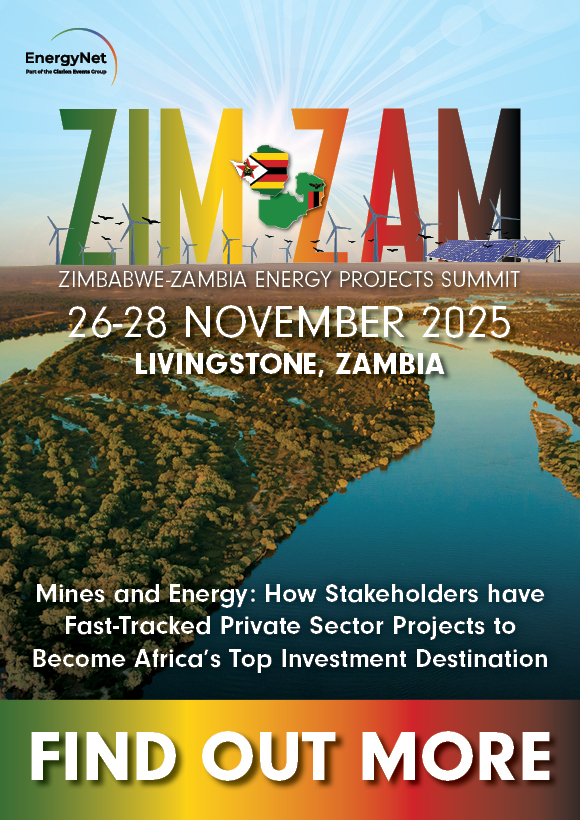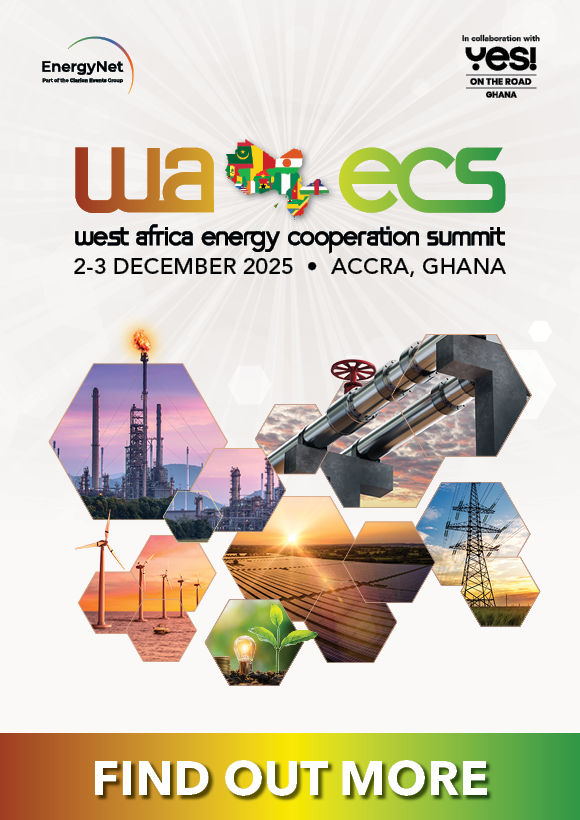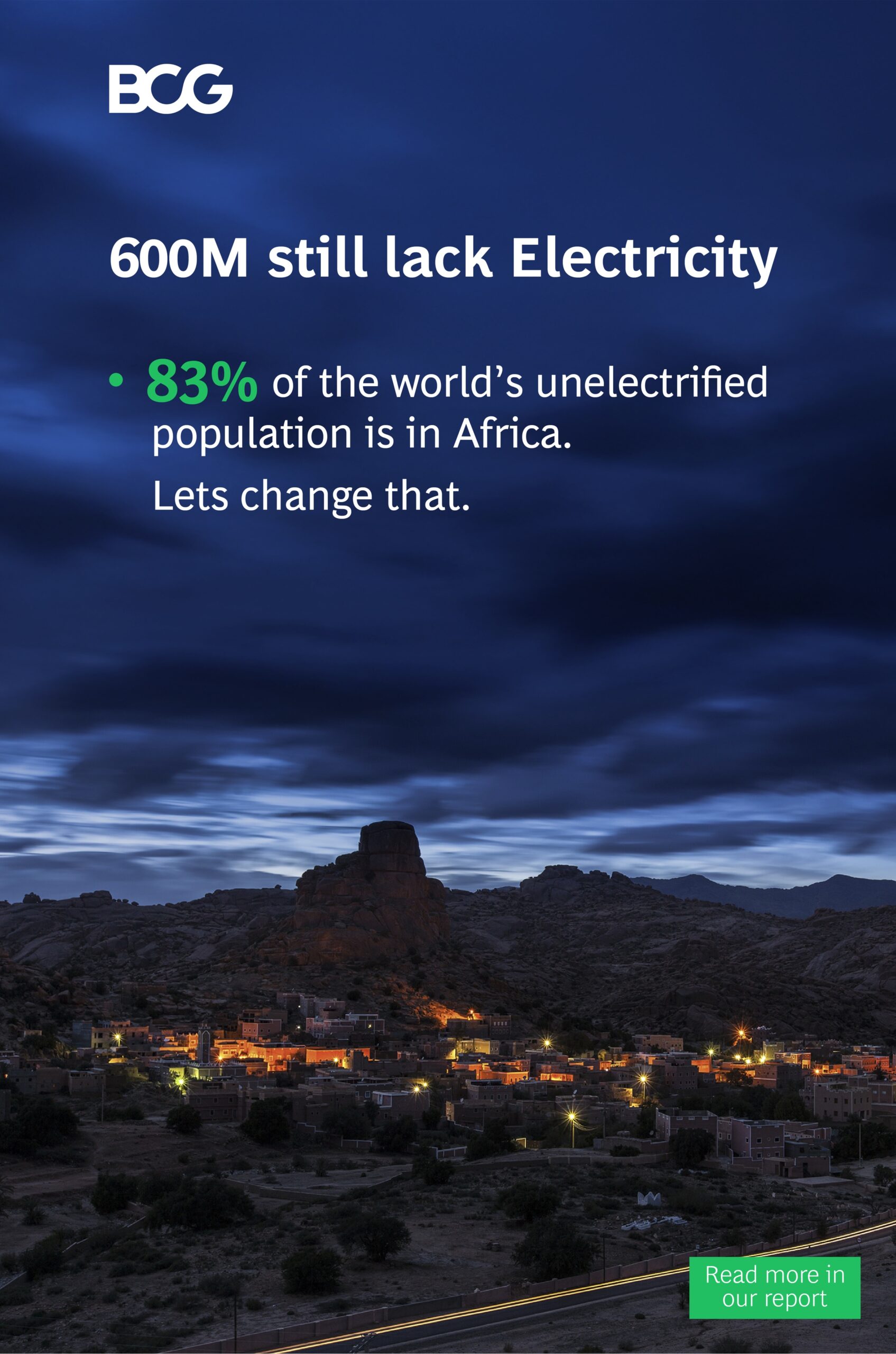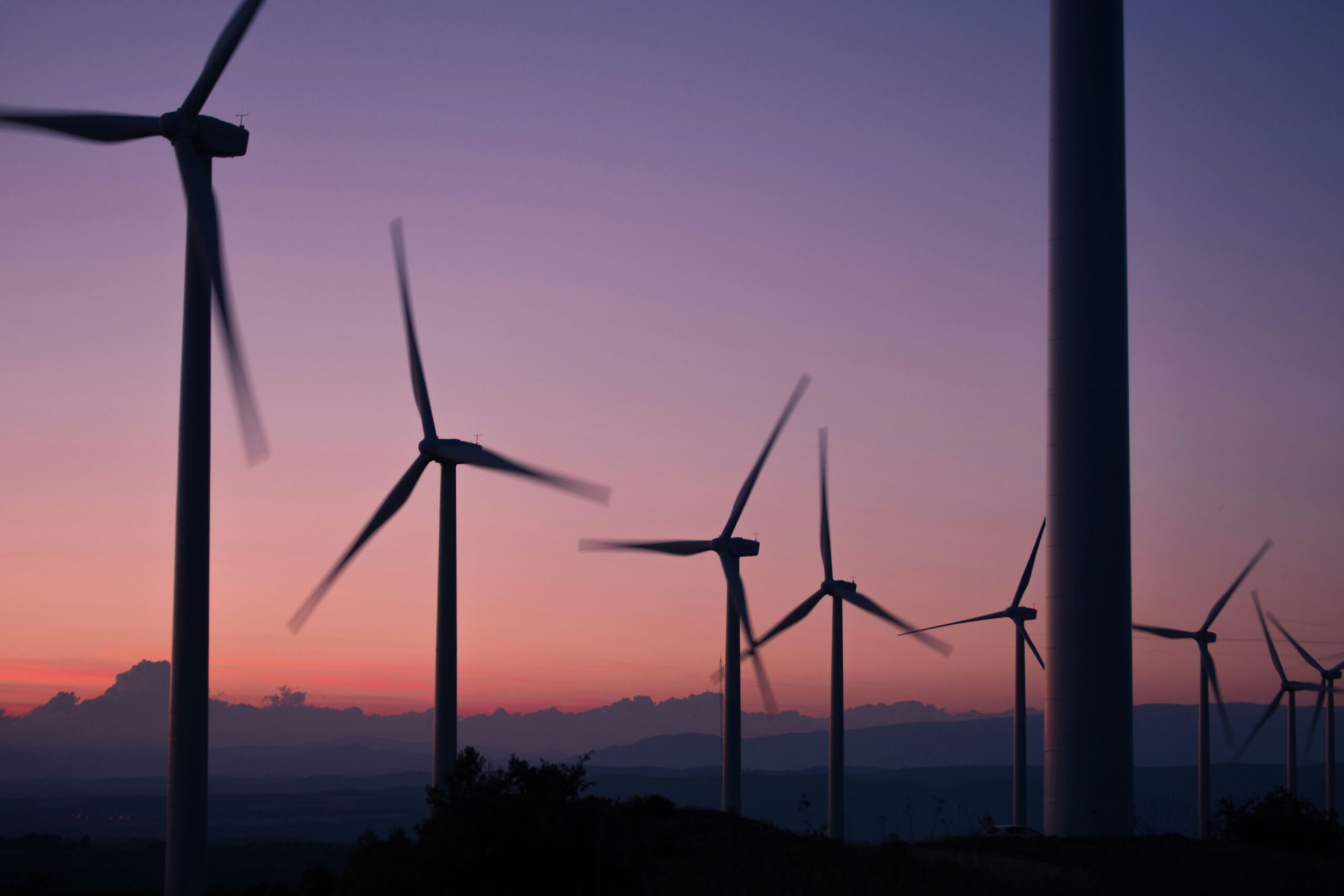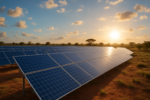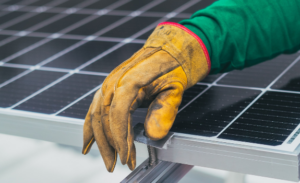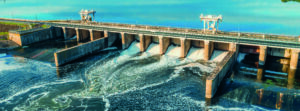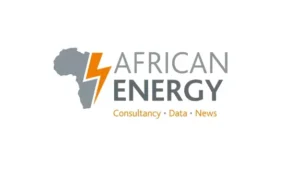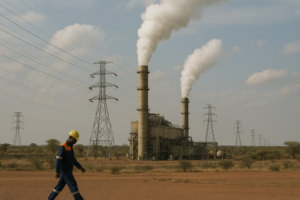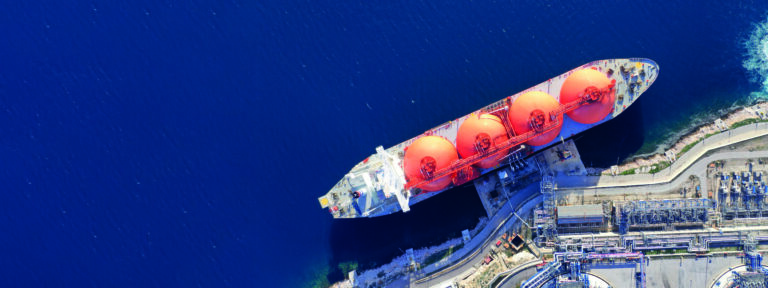
Stepping on the gas
Once the preserve of giant producers, natural gas developments are now emerging across the continent – and playing a role in shoring up global energy security, reports James Gavin
"Africa must have natural gas to complement its renewable energy,” African Development Bank President Akinwumi Adesina said on the sidelines of a UN conference earlier this year.
That message should resonate strongly in a continent which the International Gas Union reckons boasts natural gas reserves of at least 18 trillion cubic metres (tcm), about 8.8% of the world’s total.
With a host of major export-oriented projects underway, Africa has emerged as a global gas hotspot – and, potentially, a viable source of global energy security, especially with Russian gas subject to supply disruption in the past year.
Gas comes freighted with advantages for African resource holders. While upstream oil projects remain subject to tougher scrutiny, gas is comparatively less vulnerable to environmental, social and governance (ESG) related concerns. That matters. As Adesina pointed out, even if Africa were to triple its production of natural gas from current levels, its contribution to global emissions would only rise by 0.67%.
There are some exciting new gas markets developing across the continent, yet the biggest gas markets remain Algeria and Nigeria, which combined account for at least 55% of the continent’s gas reserves.
Algeria in particular is playing an important role in helping to ensure Europe’s supply security, ramping up exports to its main southern European customers over the past year.
But there are some important new kids on the block that attest to a much more advanced gas market developing in Africa. The likes of Mozambique, Tanzania, Mauritania and Senegal are just a few of the rapidly growing gas provinces, all with liquefied natural gas (LNG) supplies in the offing.
LNG is the biggest game in town for new export schemes. Based on currently proposed projects, African gas producers have a proposed project pipeline totalling more than 55 million tonnes a year (t/7).
Africa’s gas production has been rising annually. The International Gas Union (IGU) estimates this to have grown by a yearly average of 2.5% between 2011 and 2021, above the world average of 2.2%, reaching some 282 billion cubic metres (bcm).
This will ensure Africa emerges as a much more important global supply source. The Gas Exporting Countries Forum (GECF), a grouping of the world’s largest gas producing countries, expects Africa’s global gas market share to rise from 6% in 2021 to over 11% by 2050. That growth will in turn help cement the continent’s status as an anchor of global energy security.
The recent spurt in floating LNG suggests African gas will be hitting markets well before that 2050 deadline. According to Westwood Global Energy, a consultancy, Africa will account for 56% (10.2m t/y) of additional floating LNG (FLNG) capacity due onstream over the 2023-27 period. Four FLNG units destined for the region are currently under construction or reactivation. The first of these is the Golar Gimi FLNG unit destined for BP’s Tortue project offshore Mauritania, due to start production in Q4 of 2023.
Analysts see the likes of Algeria as primed to shape much of the continent’s gas growth in coming years Algeria’s state-owned Sonatrach is backing a $40bn five-year plan (extending to 2027), of which three-quarters to allocated to exploration and production activities that will have a partuarly focus on gas projects.
Algeria has seen several gas fields come on stream, while prousiotn at the larges existing fields such as Hassi R’mel has bene hiked. Over the next two years, new fields in Algeria’s southwest and southeast are expected to be commissioned to meet additional domestic demand and potential gas exports to Europe, said the Oxford Institute of Energy Studies. It sees both Algeria and Libya making available 10 to 15 bcm of incremental annual volumes for exports through the TransMed and Greenstream cross-border gas pipelines to Italy in the next three-to five years.
In Libya, Eni and the National Oil Corporation struck a $8bn agreement early in 2023 that will see the former invest in two offshore gas fields. Egypt, which increased its overall gas exports from 7m tonnes in 2021 to 8m tonnes in 2022, is also sending more gas to Europe.
But while North Africa will be focused on keeping European customers well supplied, much of the activity in Africa will be focused on supplying customers elsewhere in the world, and to meet domestic energy requirements.
Southern Africa is one emerging gas hub still in its infancy. In early 2023, France’s TotalEnergies revealed considerable reserves discovered in Block 11B/12B offshore South Africa, where it will invest $3bn in developing those reserves. A first phase will see it tap up to 2 tcf of gas from the Luiperd field, with at least another 1tcf in a second phase. First gas is earmarked for 2026.
In West Africa, Gabon is another entrant to the LNG market. There, indeoendent oil company Perenco will bring on stream a 700,000 t/y floating LNG unit at the Cap Lopez Oil Terminal. In Equatorial Guinea, meanwhile, Marathon Oil is backing the 3.7m t/y Punta Europa LNG plant on Bioko Island.
Further up the coast, Mauritania and Senegal are playing host ambitious projects sponsored by supermajor BP. The phase Greater Tortue Ahmeyim (GTA) 1 scheme will produce 2.3m t/y from Q4 of 2023, once a floating production, storage and offloading vessel (FPSO) arrives this summer. BP and the London-listed Kosmos Energy are now finalising plans for a second phase of GTA, which will see up to 3m b/y added.
In the Republic of Congo, Eni’s Tango FLNG unit is due to start-up in December 2023 at the Marine XII block offshore, with a second FLNG unit expected to be installed by 2025.
Bigger LNG increments are due from East Africa, notably Mozambique and Tanzania.
TotalEnergies’ Mozambique LNG (will commence exports by 2027, with other LNG schemes backed by interniaotnal majors following soon after – notably the Rovuma LNG project involving ExxonMobil, where production may reach as high as 18m t/y when it starts up. MLNG is looking at production of more than 13m t/y.
In neighbouring Tanzania, where gas resources of at least 47 tcf are being developed, the $30bn Lindi LNG backed by TotalEnergies and Norway’s Equinor will develop gas from deepwater resources, through a dual-train 10m t/y plant.
All this project activity underscores an active and much more graphically diverse gas slate in Africa. And while that helps meet global supply needs – whether in Asia or Europe – it will also help to catalyse domestic industries.
The International Energy Agency forecast that Africa’s undeveloped gas resources could provide an additional 90 bcm of gas annually by 2030 for the fertiliser, steel, cement, and water desalination industries.
The IGU has urged Nigeria and other gas-rich African countries to increase domestic gas to close energy access gaps, arguing it to adopt gas locally to promote industrialisation, create jobs and expand supply chains with the production of fertilizers and petrochemicals, and develop energy-intensive industries such as cement, steel and desalination.
Then there is the need to address the continent’s electricity gap. As the AFDB’s Adesina has noted, more gas is needed to balance out the electricity supply given the intermittent nature of renewables. Gas and renewables can work in tandem.
“Africa has the highest level of energy poverty in the world," Adesina said. "My interest is how Africa uses natural gas as part of its energy mix to provide electricity for 600 million people today that don't have access to electricity."
Given that about 900 million Africans are also in need of clean cooking, gas is poised to play a vital role in curbing energy poverty in Africa, just as it helps to provide new supply sources to customers situated much further afield.


